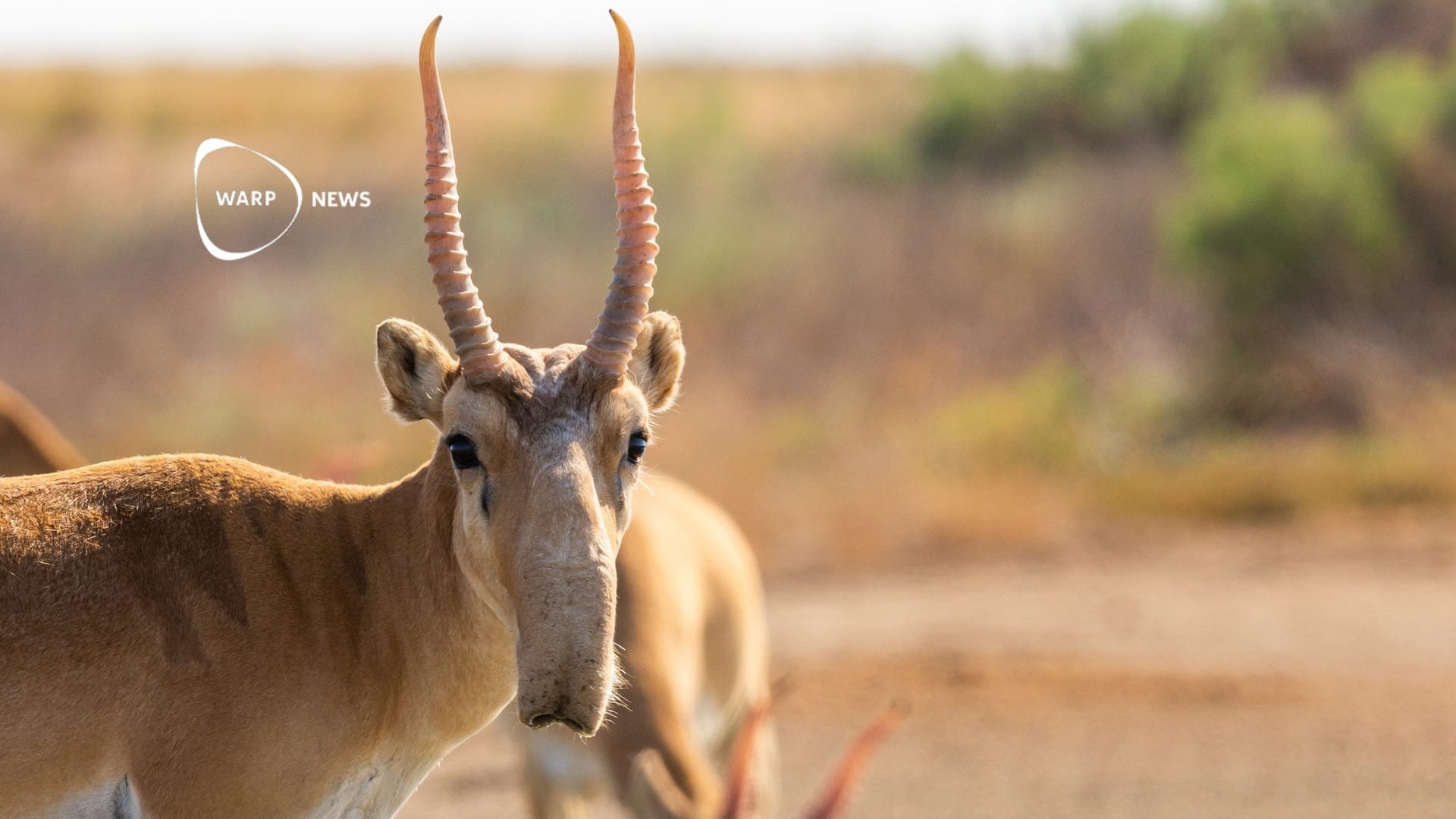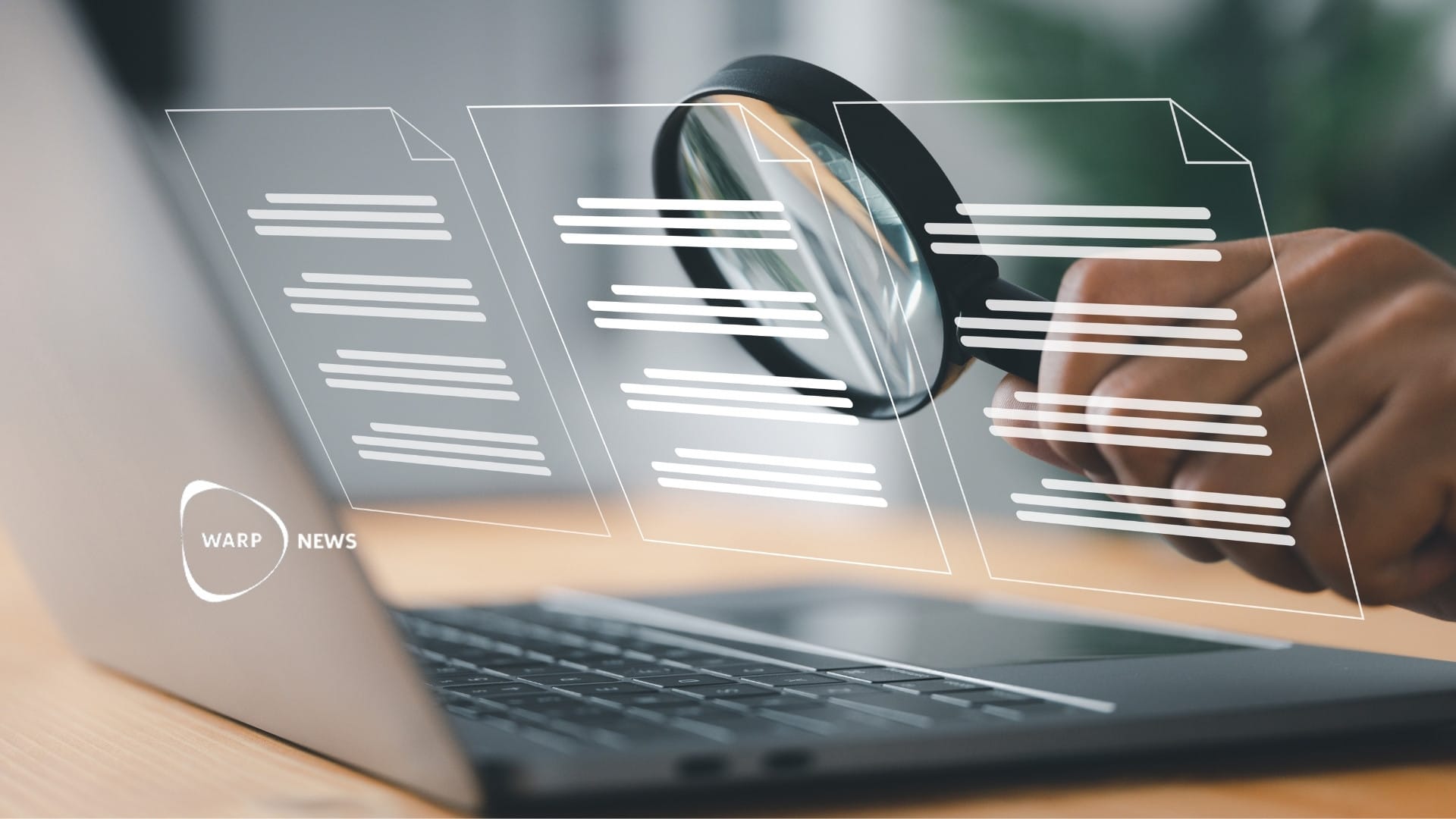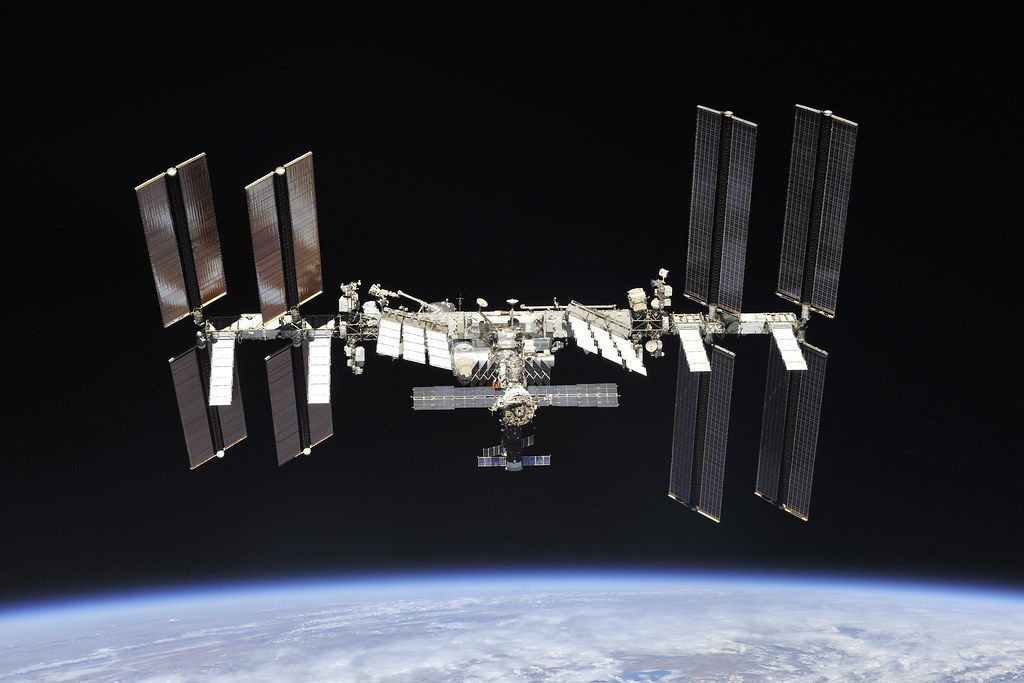
🌟 5 ways ISS has helped push science forward
Every space amateur enjoys watching the International Space Station (ISS) in the sky. But its main function goes way beyond its aesthetics. ISS hosts foremost a wonderful laboratory. Thanks to its unique location, astronauts can perform ground-breaking experiments.
Share this story!
3000, that’s the estimated number of experiments that took place in the International Space Station, ISS, since its construction began in the year 2000. The rationale is simple: The more data we gather and the more knowledge we gain, the better prepared will other space exploration missions be. For instance, ISS helps us gather data on the effects of zero-gravity on the body and about the impact of solar radiation. And some of the findings made in the last 20 years may prove highly beneficial.
A revolution in combustion
Since the dawn of mankind, fire has been a mystery, hypnotizing many eyes. So it comes as no surprise that astronauts onboard the ISS should crack a match to see what happens.
And in 2012, during the Flame Extinguishing Experiment, they made an important discovery: certain fuel droplets, such as heptane, octane, or decane, burn in two different modes. The first phase is with a visible and hot flame, but the second one is with a cool and invisible flame that remains steady for a moment before extinguishing. The benefits of this discovery could be in the construction of
fuel combustion engines.
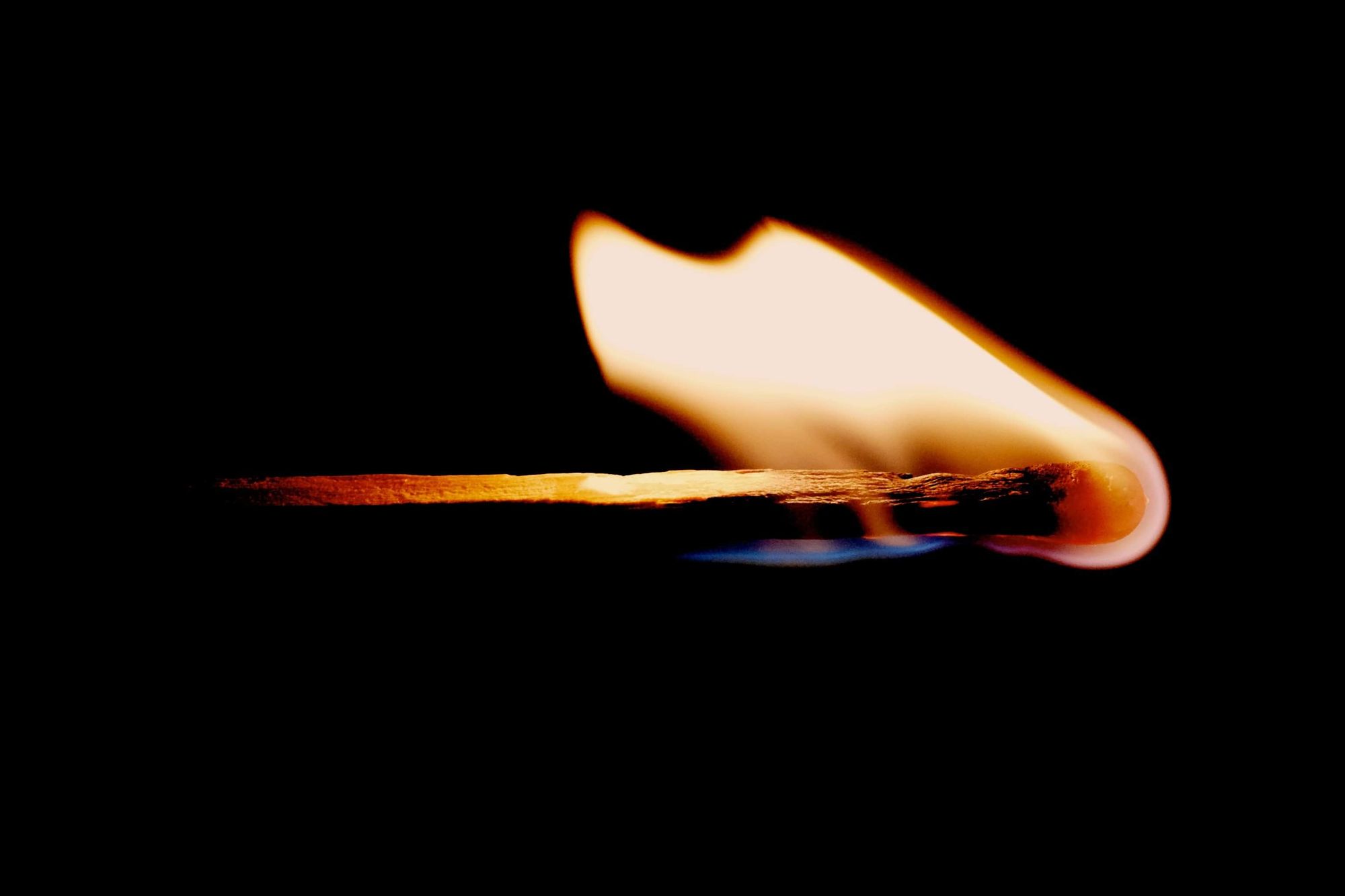
Growing veggies off Earth
After fire, food. Bringing enough food supplies has always been a puzzle for all exploration missions. Being able to grow vegetables directly in space would allow to significantly reduce the load that needs to be launched.
But the challenge lays in that the specific conditions of space destabilize the natural developments of plants. In microgravity, no water is falling. In the ISS’s orbit, the day and night cycle changes drastically. Sixteen sunrises and sunsets happen every single day!.
The solution to overcome this hurdle for growing plants was to create “plant pillows.” Each seed is trapped together with soil in a bag, flexible enough to let the plants grow, and is provided with water and fertilizer regularly. LEDs are placed above the bags to help young shoots distinguishing a “top” towards which they can grow from a “bottom.” This also establishes a cycle of light and darkness much closer to what plants are used to on Earth. And in 2015, astronauts managed to produce their first vegetable grown outside of our blue planet.
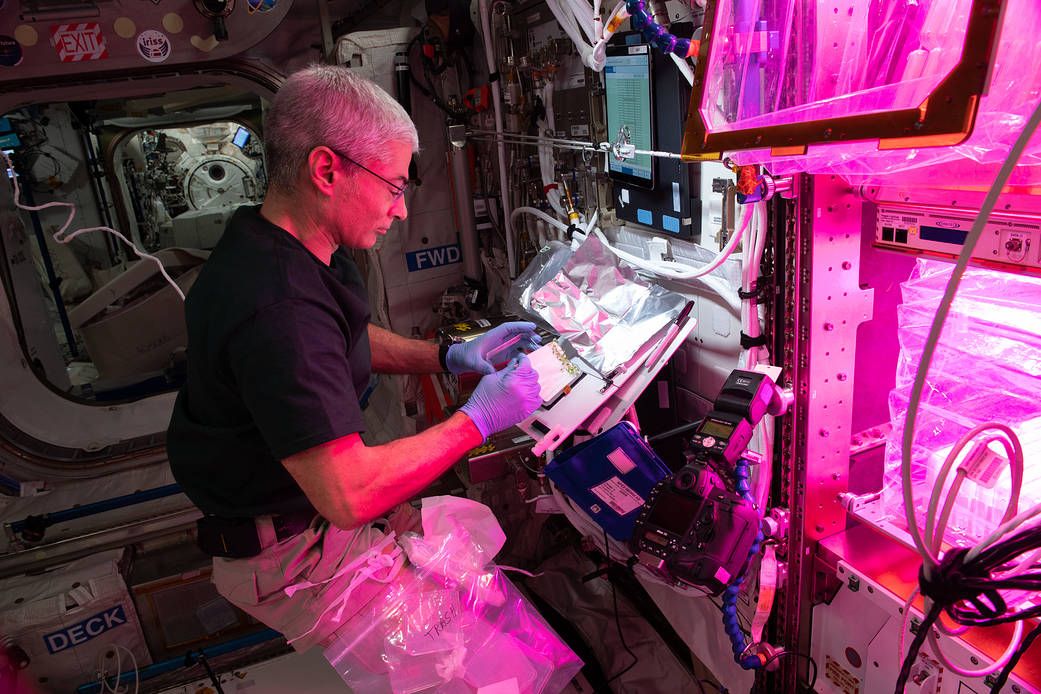
Water purification
The principle of mass conservation teaches one famous thing- nothing is created, everything is transformed. Growing food off the earth is an achievement. What about water supplies? Just like food, bringing the amount of water necessary for survival takes space and adds a lot of weight. Thanks to multiple systems, the majority of water is recycled on the ISS.
One of them is the JEM Water Recovery System that generates potable water from urine. Such innovation brings in new solutions to ensure water supply on long space travels. But their value is not limited to exploring our universe. Each of these recycling systems can as well be installed in areas where populations do not have access to clean water.
Finding the cure
The study of crystals at an atom-scale is key to understand the structure of proteins, like DNA. But because of gravity, scientists struggled to grow a sufficiently large number of complex crystals on Earth. In orbit, this issue is massively reduced, and researchers have now been able to fabricate very pure highly-ordered crystals.
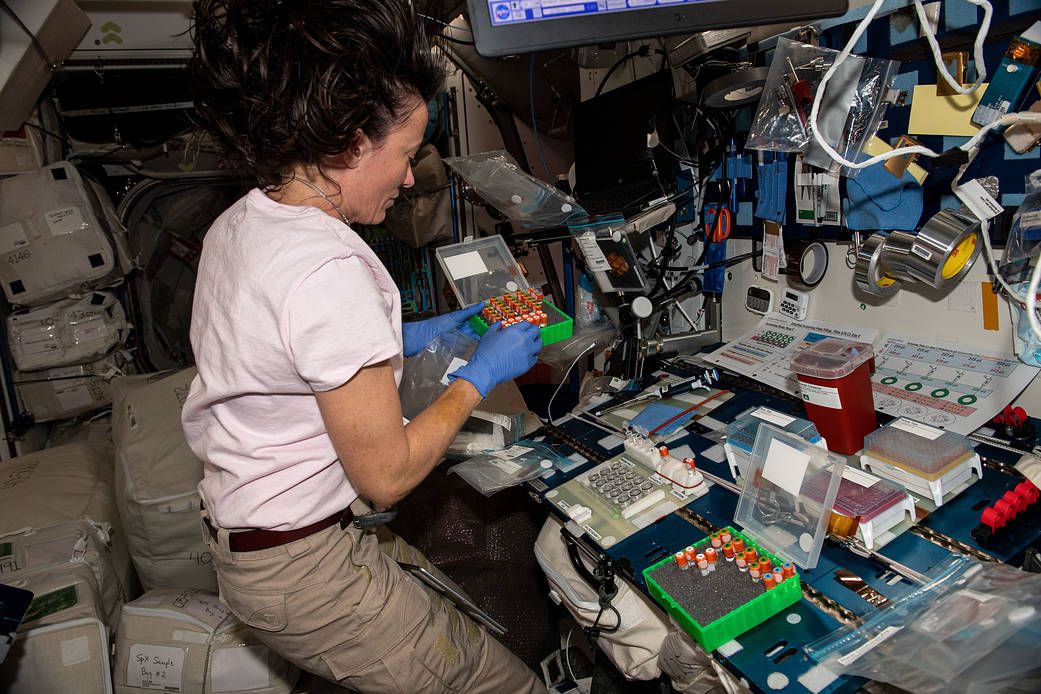
This prowess opens three possibilities. First, the formula and quality of drugs could improve. Second, their administration could be simplified and shortened, since a smaller dose of a greater quality drug would demonstrate equivalent effects compared to a bigger dose of current drugs. Third and last, high-quality, pure and concentrated crystals prove to have an extended shelf-life expectancy. Moving and storing these drugs could thus be become much handier. And in the best of scenarios new improved drugs made with the knowledge gained in space could
help to treat diseases like cancer with more efficiency.
Unlike previous examples where the ISS was used to solve issues deeply anchored with hopes of space exploration, the production of pure and ordered crystals gives a wonderful example of how important performing experiments in this hostile environment can be. Only in space conditions could this progress have happened.
Consolidating an old theory
We have seen so far how the ISS can help solving down-to-ground issues. But sometimes, it simply allows to explore the laws of the quantum world. This is the case of the Cold Atom Laboratory.
In 2018, scientists used this ultracold facility to reproduce the Bose-Einstein Condensate (BEC), known as the fifth state of matter. As predicted in 1924 by Albert Einstein and Satyendra Nath Bose, when the temperatures drop, elementary particles called bosons start to inflate. At temperatures close to the absolute zero, -273,15°C, they become like waves, but larger and wider than the distance between two bosons. At that level, they begin to share one and the same energy at one quantic state, the BEC.
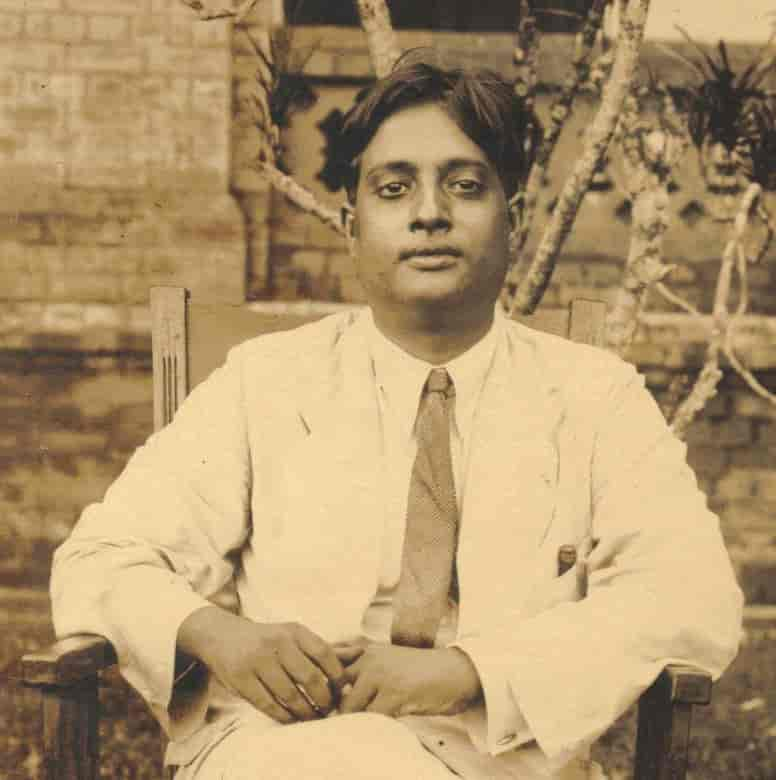
On Earth, gravity disturbs the stability of BECs formed in laboratories. An obstacle that once again disappears in the ISS, where scientists can recreate much steadier and more observable BECs. Of course, the potential and concrete applications deriving from this work are not yet in sight. But undoubtedly, it is one more important step in understanding the quantum world.
So perhaps, next time we see a spot of light traveling the night, shall we have a toast to the men and women working on our future, at 28 000 kilometers per hour.
By becoming a premium supporter, you help in the creation and sharing of fact-based optimistic news all over the world.
